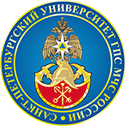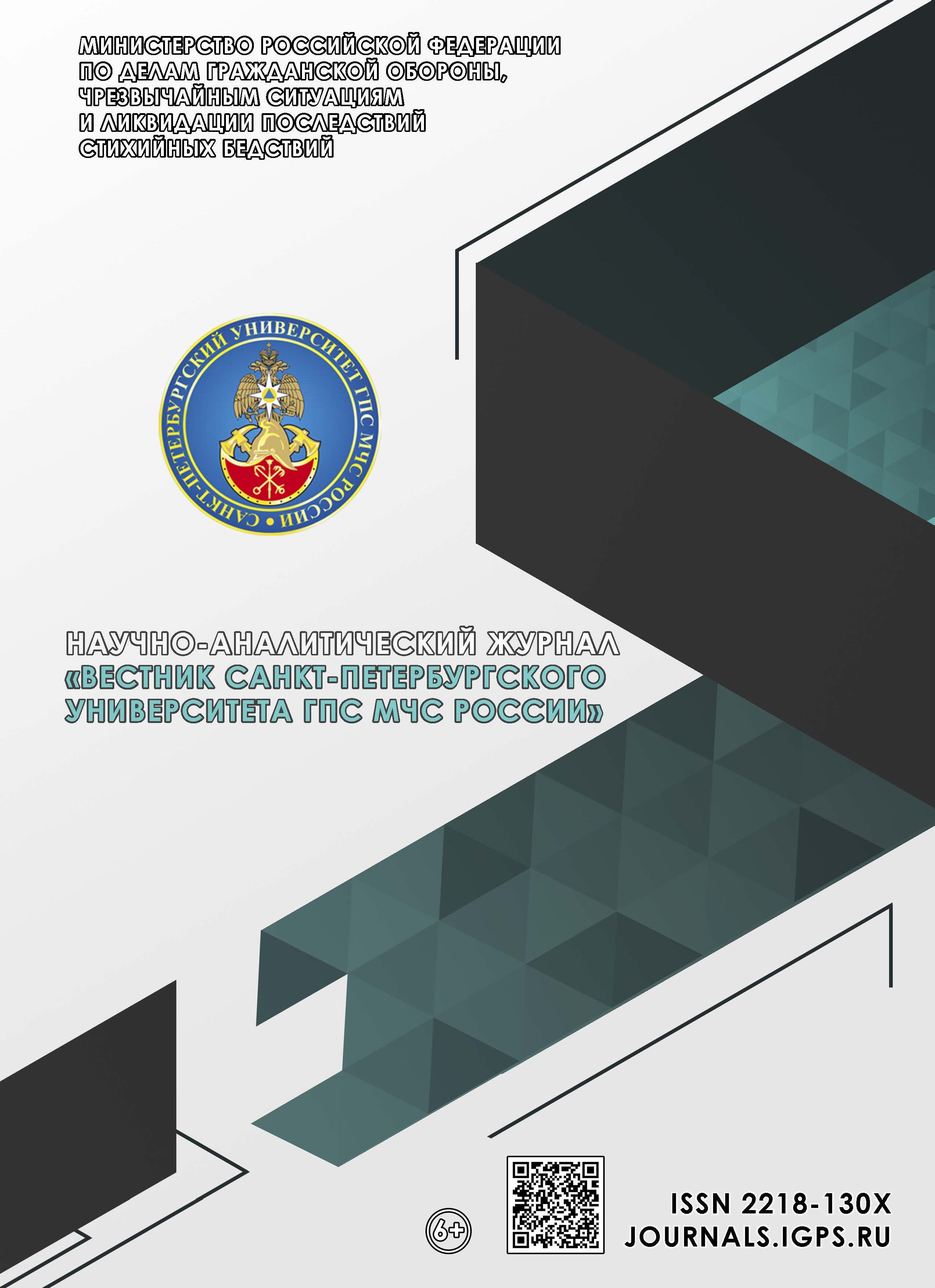St. Petersburg, Russian Federation
Russian Federation
Russian Federation
The software architecture of the automated system for the exchange of documentary information proposed in the article and the associated of the automated system for the exchange of documentary information system architecture will provide the technical possibility of «conflict-free» functioning of communication nodes of control points of the system, combining management bodies, forces and means of federal executive authorities, executive authorities of the subjects of the Russian Federation, local governments and organizations whose powers It includes solving issues related to the protection of the population and territories (water areas) from emergency situations. The software complexes being formed and the proposed standard architectural solution will provide the opportunity to build an of the automated system for the exchange of documentary information and the formation of an information and address space based on it on the existing technical means of the operated systems and complexes of documentary communication of communication nodes, using automated workplaces of officials automated control systems, control points of the studied unified state system for the prevention and liquidation of emergency situations.
information and address space, automated system for the exchange of documentary information, automated workplaces of officials, emergency (crisis) situations, infotelecommunication systems, standard architectural solution, software product, automated network of documentary exchange
1. O Strategii nauchno-tekhnologicheskogo razvitiya Rossijskoj Federacii: Ukaz Prezidenta Ros. Federacii ot 1 dek. 2016 g. № 642. Dostup iz sprav.-pravovoj sistemy «Konsul'tantPlyus».
2. O tekhnicheskom regulirovanii: Feder. zakon ot 27 dek. 2002 g. № 184-FZ. Dostup iz sprav.-pravovoj sistemy «Konsul'tantPlyus».
3. Rukovodstvo po primeneniyu MSOEK, vvedennoe v dejstvie special'noj direktivoj Ros. Federacii (sostavnye chasti MSOEK). Dostup iz sprav.-pravovoj sistemy «Konsul'tantPlyus».
4. GOST R 59853–2021. Informacionnaya tekhnologiya. Kompleks standartov na avtomatizirovannye sistemy. Avtomatizirovannye sistemy. Terminy i opredeleniya (sostav i struktura avtomatizirovannoj sistemy voennogo naznacheniya). Dostup iz sprav.-pravovoj sistemy «Konsul'tantPlyus».
5. Bashtannik N.A., Lobejko V.I., Miholap L.A. Optimizaciya potokov i marshrutov obmena informaciej mezhdu elementami avtomatizirovannoj sistemy upravleniya // Izvestiya Volgogradskogo gosudarstvennogo tekhnicheskogo universiteta. 2015. № 13 (177). S. 42–44.
6. GOST R 51624–2000. Zashchita informacii. Avtomatizirovannye sistemy v zashchishchennom ispolnenii. Obshchie trebovaniya. Dostup iz sprav.-pravovoj sistemy «Konsul'tantPlyus».
7. Grebeshkov A.Yu. Standarty i tekhnologii upravleniya setyami svyazi. M: Eko-trendz, 2003. 288 s.
8. RD 50-34.698-90. Metodicheskie ukazaniya. Informacionnaya tekhnologiya. Kompleks standartov i rukovodyashchih dokumentov na avtomatizirovannye sistemy. Avtomatizirovannye sistemy. Trebovaniya k soderzhaniyu dokumentov. Dostup iz sprav.-pravovoj sistemy «Konsul'tantPlyus».
9. GOST RV 50.1.023–2000. Rekomendacii po standartizacii. Polozhenie po organizacii razrabotki matematicheskogo, programmnogo, informacionnogo i lingvisticheskogo obespecheniya avtomatizirovannyh sistem voennogo naznacheniya, otvechayushchego trebovaniyam informacionnoj bezopasnosti. Dostup iz sprav.-pravovoj sistemy «Konsul'tantPlyus».
10. Shchelkov D.A. Ob ustojchivosti funkcionirovaniya setej obmena upravlyayushchej informaciej avtomatizirovannyh sistem upravleniya infokommunikacionnymi setyami special'nogo naznacheniya // Naukoemkie tekhnologii v kosmicheskih issledovaniyah Zemli. 2015. T. 7. № 5. S. 24–28.
11. Shmal'ko A.V. Cifrovye seti svyazi: osnovy planirovaniya i postroeniya. M.: Eko-trendz, 2001.
12. Bujnevich M.V., Inshakov O.Yu., Plaksickij A.B. Racional'nye varianty informacionno-tekhnicheskogo vzaimodejstviya v avtomatizirovannyh sistemah MCHS Rossii (k voprosu sposoba vybora) // Vestnik Voronezhskogo gosudarstvennogo tekhnicheskogo universiteta. 2011. T. 7. № 3. S. 235–237.







